Also Known As: Makrut lime leaves
Kaffir lime leaves, known for their aromatic and citrusy flavor, are essential in Southeast Asian cuisine, particularly Thai, Indonesian, and Malaysian dishes. Originating from the Kaffir lime tree (Citrus hystrix), native to tropical Southeast Asia, these leaves are celebrated for their unique fragrance and culinary versatility.
Origins and Varieties
The Kaffir lime tree is indigenous to regions such as Thailand, Indonesia, and Malaysia but has spread to other tropical areas. The leaves are glossy green and characterized by their double leaf structure, with two leaflets joined at the stem. Fresh leaves are preferred for their intense aroma, but dried leaves are also used in cooking.
Health Benefits
Kaffir lime leaves are not only prized for their flavor but also for their potential health benefits. They contain essential oils that contribute to their antimicrobial and antioxidant properties. Traditionally, they are believed to aid digestion and promote overall well-being.
Culinary Uses
In culinary traditions, Kaffir lime leaves are highly valued for their aromatic qualities and are used in various dishes:
- Curries and Soups: Kaffir lime leaves add a bright citrusy flavor to curries, soups, and stews, enhancing the overall depth of the dish.
- Stir-Fries and Marinades: They are often shredded or finely chopped and used in stir-fries or as part of marinades for meats and seafood, imparting a refreshing citrus aroma.
- Beverages: Infusing teas or cocktails with Kaffir lime leaves adds a zesty twist to beverages, creating a refreshing and aromatic drink.
Cooking Tips
To maximize the flavor of Kaffir lime leaves in cooking:
- Preparation: Remove the central vein and finely shred or bruise the leaves before adding them to dishes to release their essential oils.
- Storage: Fresh leaves can be stored in the refrigerator for up to a week, while dried leaves should be kept in an airtight container in a cool, dark place.
- Cooking Time: Add Kaffir lime leaves towards the end of cooking to preserve their fragrance and avoid bitterness.
Conclusion
Kaffir lime leaves are a prized ingredient in Southeast Asian cuisine, cherished for their distinct citrusy aroma and culinary versatility. Whether used fresh or dried, they elevate dishes with their refreshing flavor profile and potential health benefits. Embraced for centuries in regional cooking and traditional medicine, Kaffir lime leaves continue to inspire culinary creativity and enhance the dining experience with their vibrant essence.
Recipe Suggestions
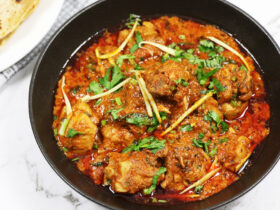
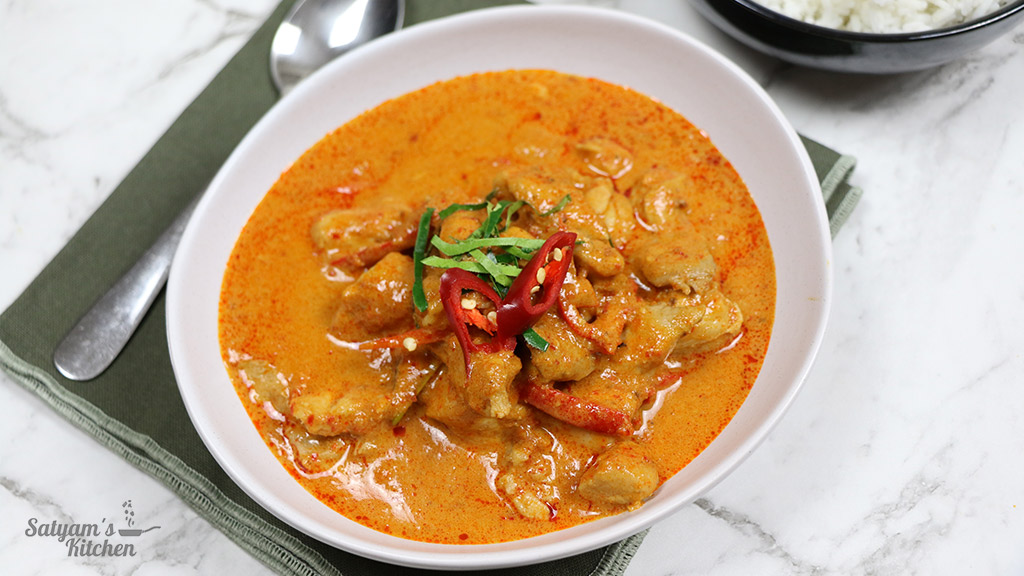
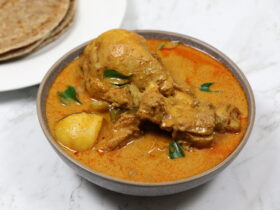

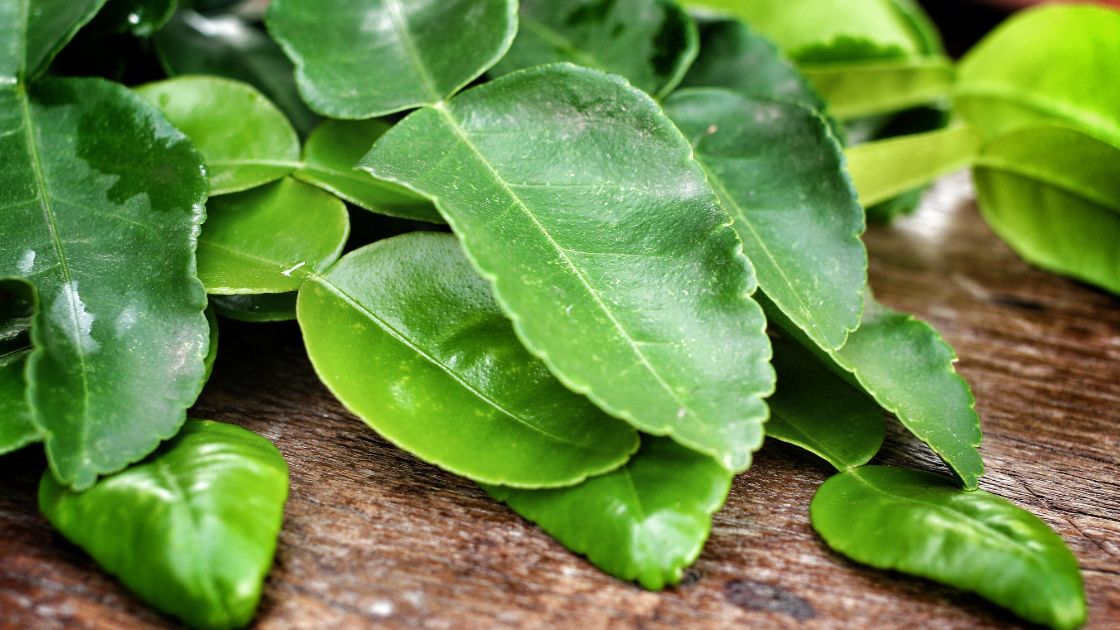




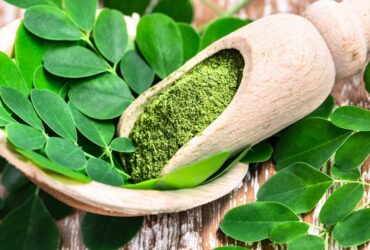
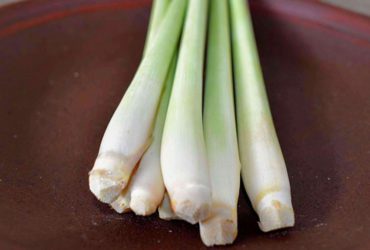
Leave a Review